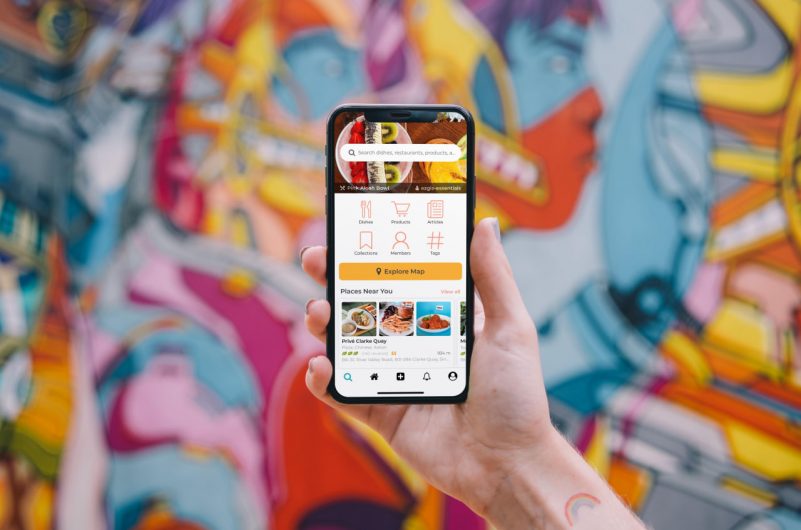Poland’s tech ecosystem has grown rapidly, producing globally recognized startups in fintech, SaaS, healthtech, cybersecurity, productivity, and e-commerce. But breaking into English-speaking markets—especially the U.S. and UK—requires more than simply translating an app. It demands a full Polish to English translation and localization strategy that reshapes wording, user experience, cultural context, onboarding flows, and even customer support operations. Startups that master localization can scale globally; those that treat it as an afterthought often struggle.
From companies like Booksy, Brainly, DocPlanner, LiveChat, and CD Projekt’s digital platforms, Polish founders have steadily learned what it takes to resonate with English-speaking audiences. This article breaks down the localization strategies that help Polish startups adapt their apps for global success. You’ll learn how teams rewrite UI copy, adjust product tone, avoid Polish-to-English false friends, redesign flows for Western user expectations, and build support systems that feel native—not translated. Whether you’re scaling a product or studying localization, these lessons provide a clear roadmap.
- Starting With a Language-Agnostic Product Structure
Successful startups design apps so content and code remain separate. This allows English localization without breaking functionality or UI. Polish companies increasingly adopt internationalization (i18n) frameworks early in development, making it easier to create language variants later. This prevents translation issues like truncated labels or layout breaks, which can occur when English phrases are longer than Polish ones.
- Rewriting UI Copy, Not Translating It
Polish UI copy tends to be more formal and longer. English UI copy must be shorter, more direct, and action-oriented. Instead of literal translation, Polish startups rewrite interface content entirely. For example, a Polish button reading “Zarejestruj się, aby kontynuować” might be rewritten in English as simply “Sign up.” This tone shift is crucial for matching English-speaking UX expectations.
- Avoiding Polish-to-English False Friends
Words like “aktualnie” (which means “currently,” not “actually”) and “eventualnie” (which means “possibly,” not “eventually”) often create embarrassing mistranslations. Startups train localization teams or hire native English linguists to prevent such mistakes. Correcting false friends improves clarity and reduces user confusion.
- Adapting Tone for English-Speaking Markets
English-speaking users expect a friendly, conversational tone rather than the formal tone common in Polish apps. Startups adjust voice guidelines to be more relaxed, warm, and concise. This includes shifting away from formal pronouns and restructuring onboarding messages to feel personal and approachable.
- Reworking Onboarding for Western User Behavior
Polish users often tolerate longer onboarding steps, but English-speaking markets demand speed. Startups reduce friction by simplifying signup, enabling social login, or delaying profile creation until later. The goal is immediate access, not comprehensive initial setup.
- Culturalizing Notifications and In-App Messaging
Reminders, push messages, and upsell prompts are rewritten for cultural expectations. English audiences prefer messages that are short, benefit-driven, and casual. Polish startups adapt notifications with a tone that feels local to U.S. and UK markets, avoiding literal translations that sound stiff.
- Localizing Customer Support and Helpdocs
Support materials must sound native. Many Polish startups hire English-speaking support agents or train bilingual staff. Automated helpdocs are rewritten from scratch rather than translated. This ensures explanations are simple and intuitive for users unfamiliar with Polish technical logic.
- Adjusting Pricing Models for English Markets
U.S. and UK markets are more subscription-driven than Poland. Startups localize pricing pages, introduce tiered plans, and adjust currency formats. They also revise descriptions to meet English expectations of transparency. This avoids confusion and improves conversion rates.
- Handling Legal and Regulatory Localization
English-speaking markets often require different legal wording. Startups work with legal translators to adapt privacy policies, terms of service, and compliance messaging. This step ensures the product meets regulations like GDPR (for the UK) or state-level rules in the U.S.
- Building an English-Native Brand Voice
Successful localization extends beyond language—it builds a brand identity that naturally fits English-speaking markets. Startups refine taglines, marketing campaigns, and product descriptions to feel culturally aligned. Many hire English copywriters to lead creative direction.
Conclusion
Polish startups have proven that global scaling is possible when localization is treated as a core growth strategy rather than a late-stage task. Localizing an app for English users requires deep adaptation—from UI copy and tone to onboarding design, pricing communication, and customer support. It’s not about translating words but transforming the entire experience so it feels native to U.S. and UK audiences.
As more Polish startups aim for worldwide expansion, mastering Polish to English translation and localization will be essential. The companies that invest early in language-agnostic design, native-sounding content, and cultural insight will build products that resonate globally. Whether you’re a founder, designer, or content strategist, taking localization seriously is one of the smartest paths to international success.
FAQs
- Why can’t Polish apps just translate UI text literally?
Because English UI patterns rely on shorter, more direct phrasing. - Do Polish startups hire native English linguists?
Increasingly yes, especially for UX writing and marketing. - Are false friends a major problem?
Yes—misused words can make an app look unprofessional. - Do English users expect faster onboarding?
Absolutely. They prefer instant access with minimal steps. - Does localization affect branding?
Yes—brand tone must feel native to connect with English-speaking users.


